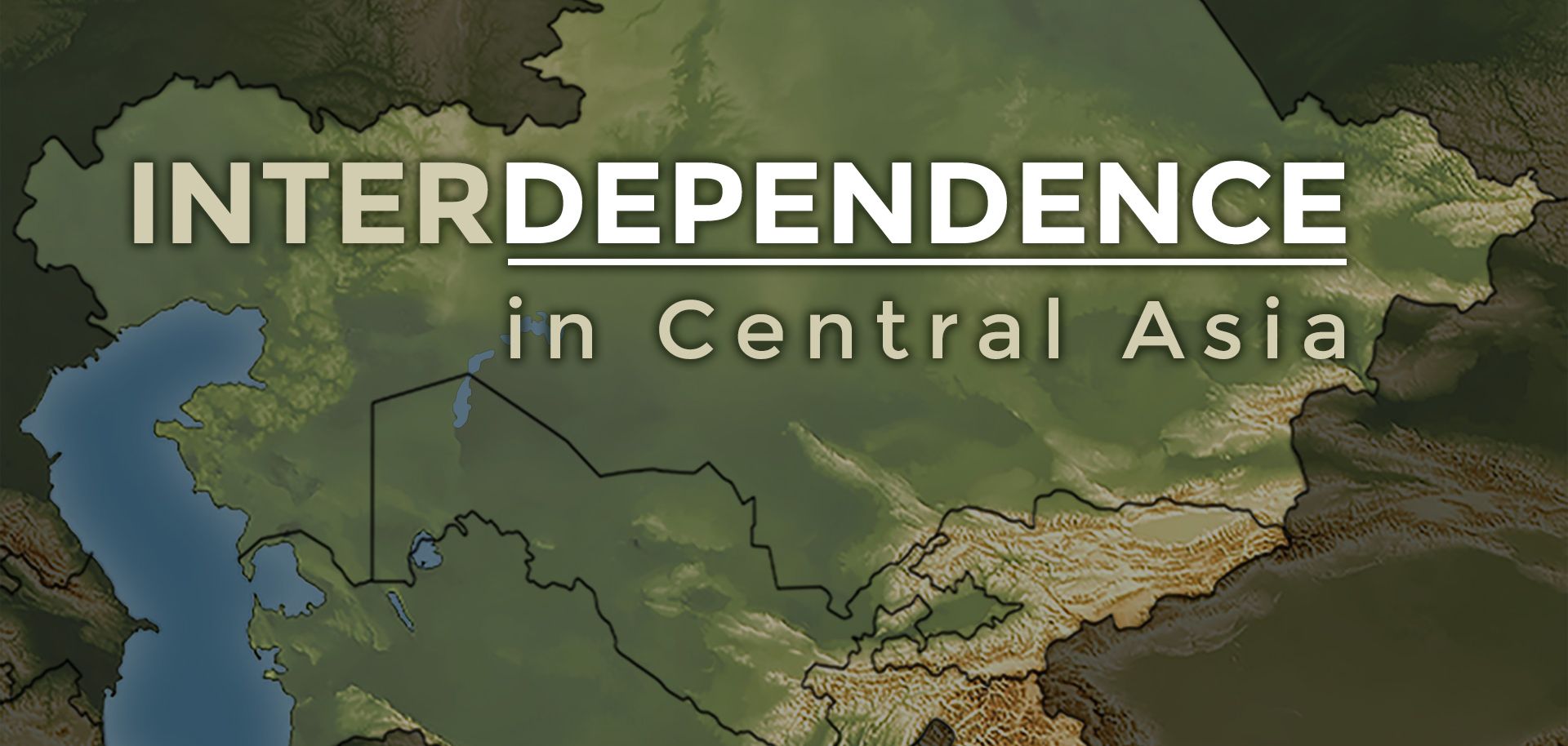ASSESSMENTS
Russia Uses Competition Over Resources to Increase Leverage in Central Asia
Aug 4, 2014 | 09:12 GMT

Summary
The borders of modern-day Central Asian states were drawn by Soviet policymakers under the direction of Josef Stalin in the 1920s and 1930s. Soviet officials sought to prevent each republic from becoming too independent or powerful within the region. As a result, today's Central Asian states depend highly on one another for key natural resources such as water and natural gas.
While Kazakhstan, Uzbekistan and Turkmenistan enjoy significant energy wealth, Kyrgyzstan and Tajikistan rely on imports for most of their oil and natural gas. Conversely, Kyrgyzstan and Tajikistan are located at the headwaters of two of the region's major rivers, giving them access to ample water resources as well as the ability to reduce water flows to Uzbekistan, Turkmenistan and Kazakhstan, which are situated downstream. The strong interdependencies among Central Asian states have contributed to a rise in tensions since the countries became independent in 1991. The population of Central Asia has nearly doubled since that time, further straining the supply of natural resources. As it did during the Soviet era, the Kremlin is now using the divisions among Central Asian states to prevent a single nation or group of states from dominating the others, something that could threaten Russia's position as the regional power.
Subscribe Now
SubscribeAlready have an account?
